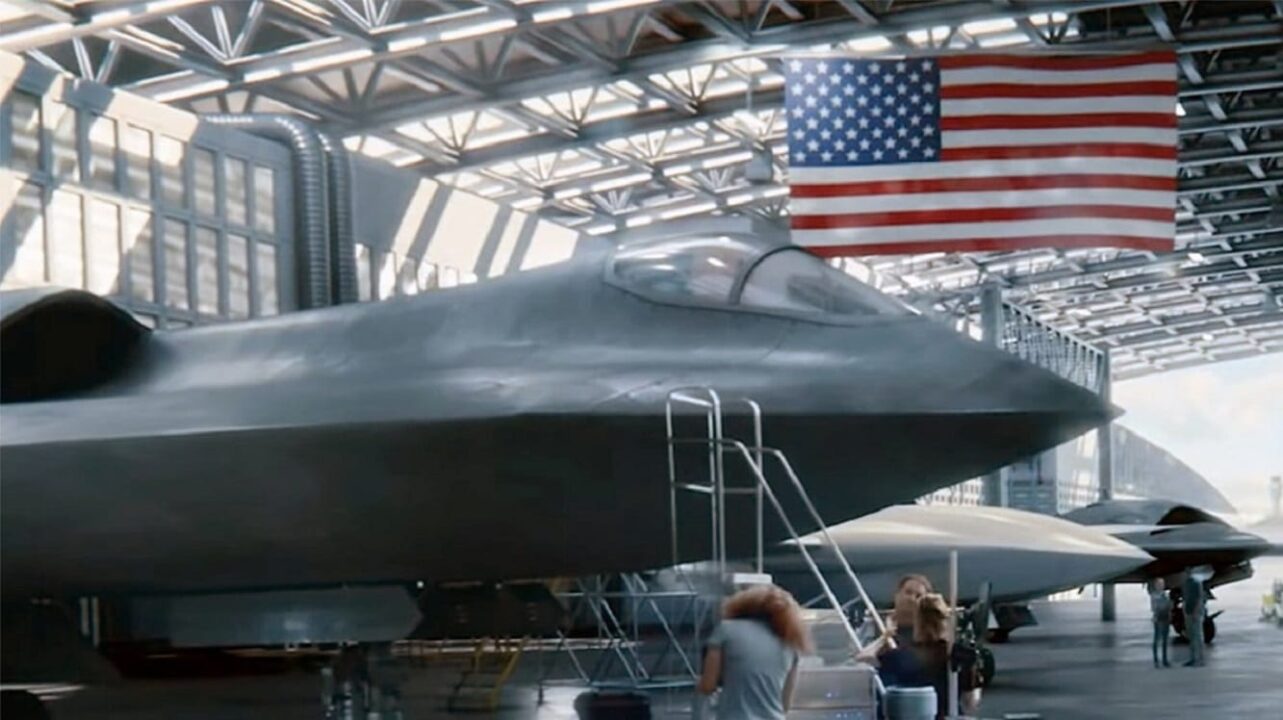What Will the Air Force’s NGAD Cost? In September, the United States Air Force’s Next-Generation Air Dominance (NGAD) program reached a new phase of development. Described as a “family of systems,” the goal of NGAD, which originated from a DARPA (Defense Advanced Research Projects Agency) Air Dominance Initiative study in 2014, is to field a new “sixth-generation” fighter aircraft in the 2030s to replace the Lockheed Martin F-22 Raptor.
NGAD, Explained
It wouldn’t be a single aircraft, however, and instead, it will likely include a number of manned and unmanned systems. A variety of multi-mission drones, which have been dubbed Collaborative Combat Aircraft (CCA), could act as the loyal wingmen for the manned NGAD fighter. These could be used to test enemy air defenses, blanket high-risk areas with forward surveillance, and even deliver weapons. The human(s) in the manned aircraft would still perform the command and control (C&C), but perhaps from a safe distance.
The current goal for the Air Force is to start production of the aircraft and other systems by the end of the decade. However, a question now asked is how much each of those fighters – the core component of the NGAD – could cost.
Multiple Contracts Worth Billions
In August, the Air Force awarded five identical contracts, each valued at nearly $1 billion. As it is a classified aircraft development program details are sparse, yet, experts have suggested those recent contract awards provide some information on the service’s NGAD program to develop the sixth-generation aircraft and other components.
It would more than double the $4.2 billion that Congress has already allocated for the program since 2015. It also won’t be the last of the money that the Pentagon is likely to pour into it, as investments are expected to only further grow as the prototype development moves forward. The Air Force has estimated that the NGAD program could cost $11.7 billion from 2024 to 2027.
However, the service may also not be entirely forthcoming about where the money is going.
“We know very little of it because the Pentagon leaders decided that they weren’t going to make the same mistake that they did with the F-35,” Dan Grazier, a senior defense policy fellow at the Project on Government Oversight, said, referencing the Pentagon’s controversial fifth-generation fighter jet, told Responsible Statecraft back in August. “They don’t want to be raked over the coals like they [were] with the F-35 program, so they’re keeping this as secret as possible.”
NGAD: Hundreds of Millions of Dollars Per Plane?
As for the costs, Air Force Secretary Frank Kendall told lawmakers in April that he could not specify exactly how much an individual aircraft could cost but said the services were talking about “multiple” hundreds of millions.
There has been speculation that the number could be between $160 million and $200 million for each aircraft – with additional drone costs.
“This is a number that’s going to get your attention,” Kendall said before the House Armed Services Committee. “It’s going to be an expensive airplane.”
The current belief is that the NGAD could be more than twice the $80 million price tag of the Lockheed Martin F-35 Lightning II. However, the costs could be worth it – mainly if it operates alongside a significant number of lower-cost drones that can act as force multipliers. Thus, it is the capabilities as well as the total cost that is the consideration.
The aircraft may be expensive, but a price can’t be put on America’s security.
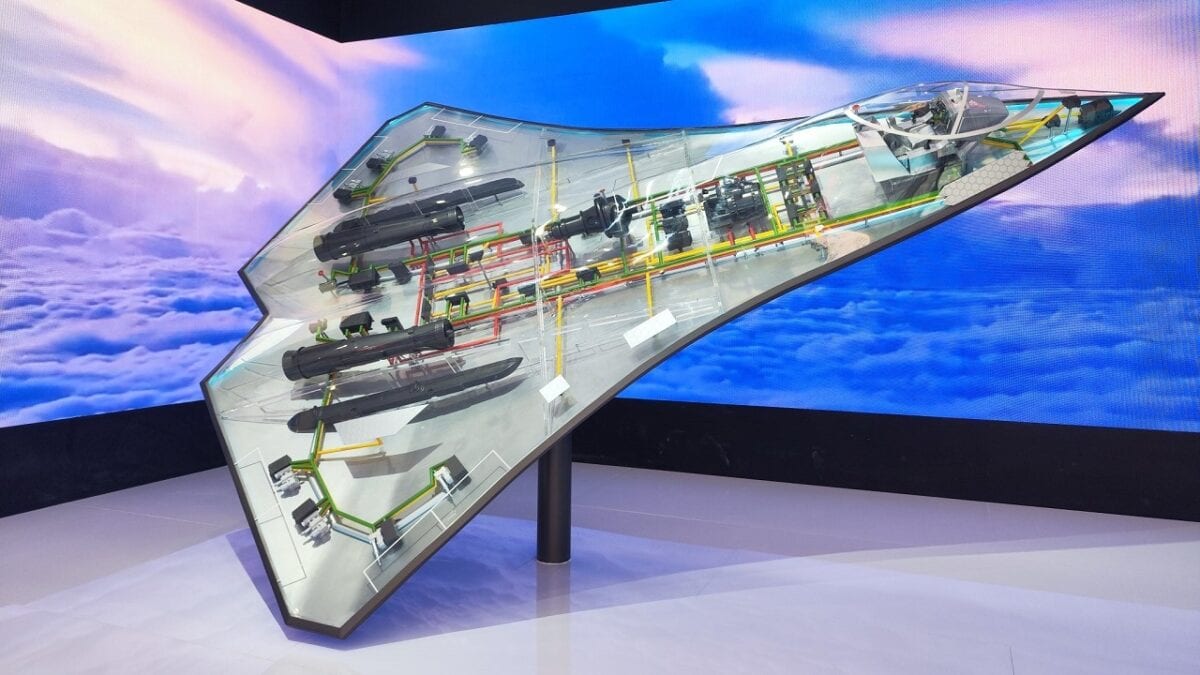
NGAD China 6th-Generation Fighter. Image Credit: Twitter.
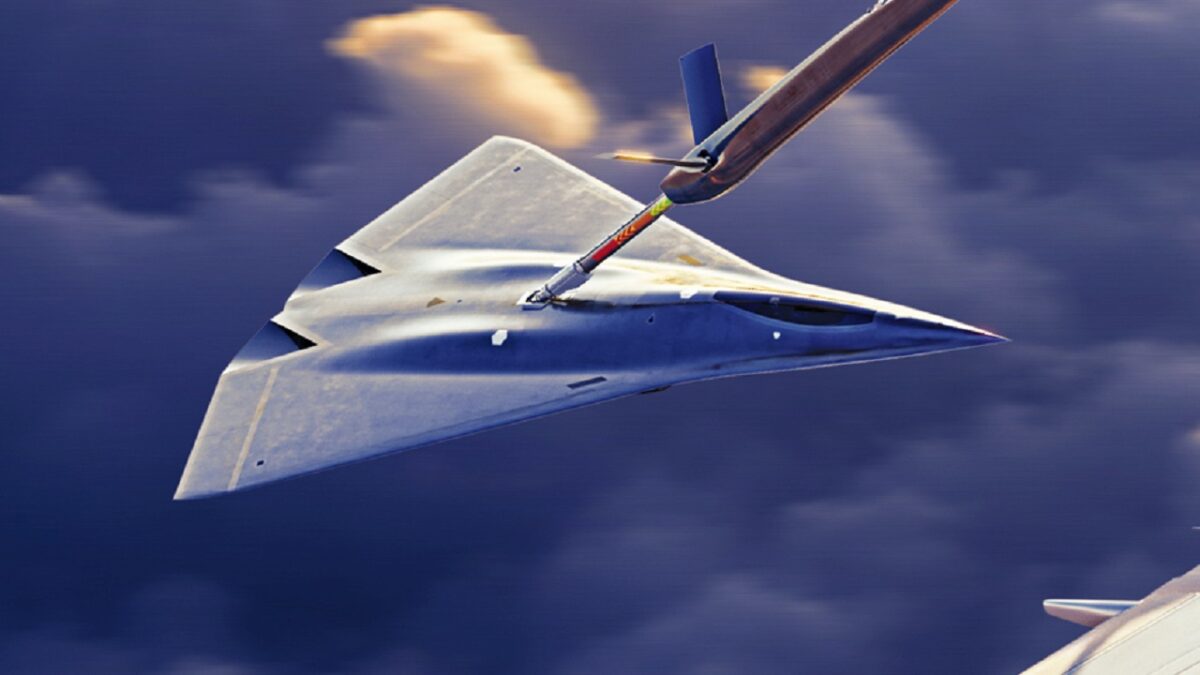
Image Credit: Lockheed Martin.
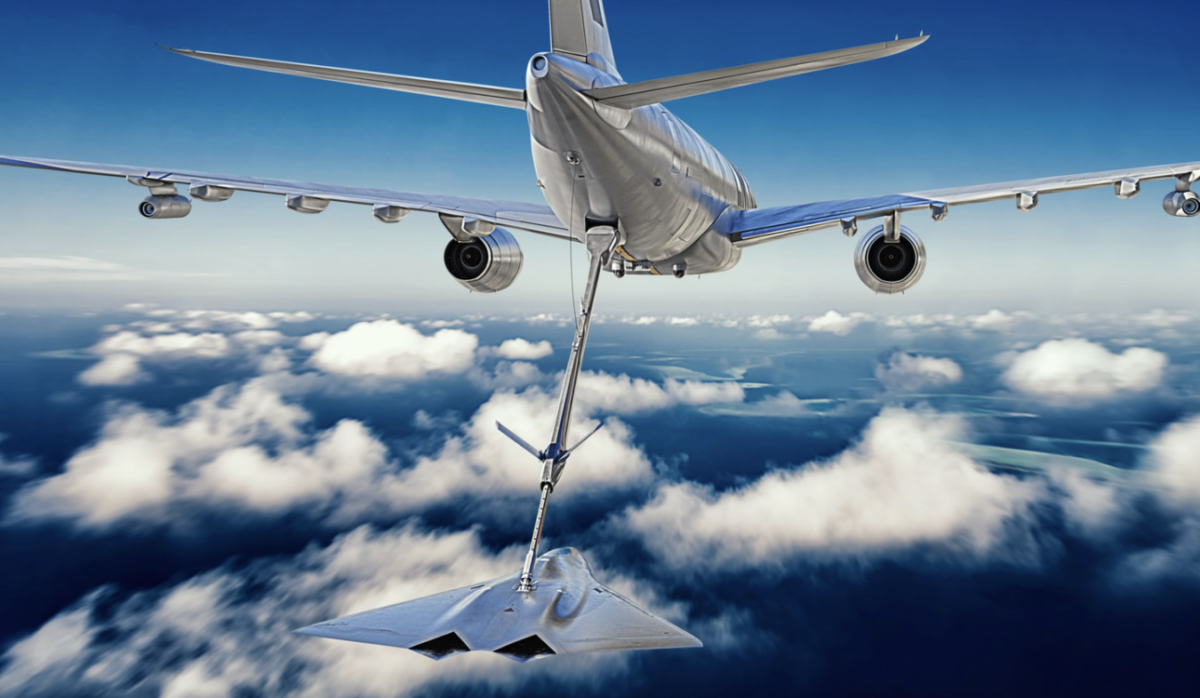
Image: Lockheed Martin.
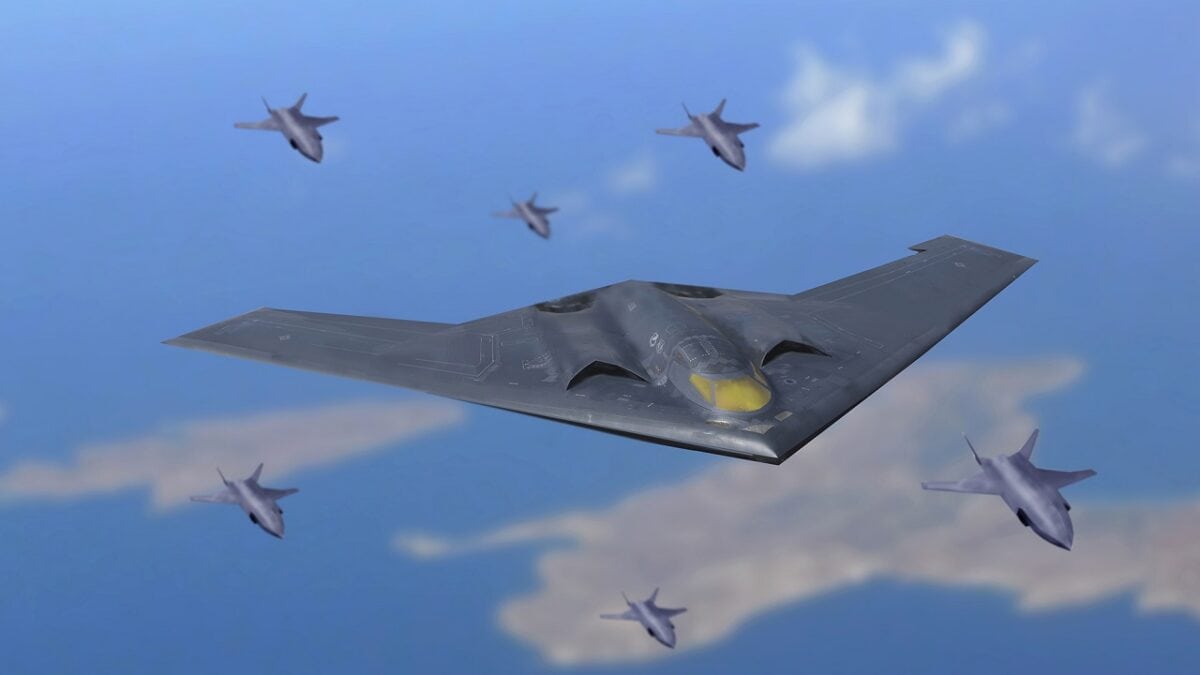
An artist illustration depicts a U.S. Air Force extended-range B-21 Raider escorted on a mission by armed unmanned next generation air dominance platforms. This fictional bomber features longer, wider wings, and a deeper fuselage that accommodates larger fuel tanks and dual weapons bays that enables the bomber to carry a much larger and varied payload. Mike Tsukamoto/staff; Greg Davis/USAF
A Senior Editor for 19FortyFive, Peter Suciu is a Michigan-based writer. He has contributed to more than four dozen magazines, newspapers, and websites with over 3,000 published pieces over a twenty-year career in journalism. He regularly writes about military hardware, firearms history, cybersecurity, and international affairs. Peter is also a Contributing Writer for Forbes and Clearance Jobs. You can follow him on Twitter: @PeterSuciu.

